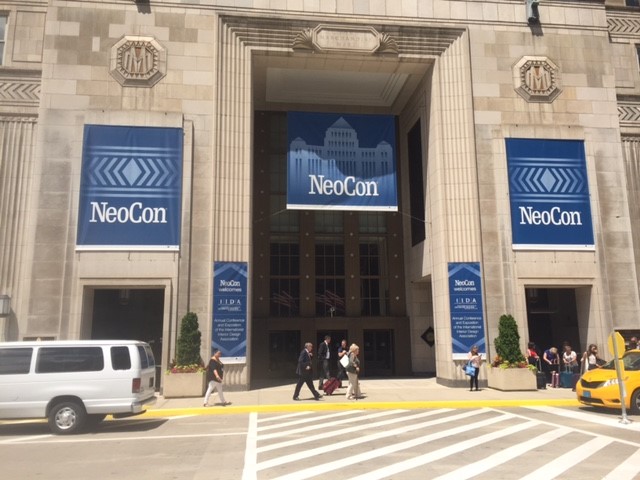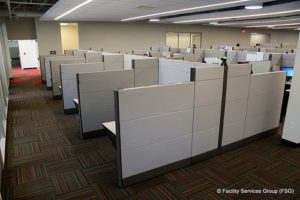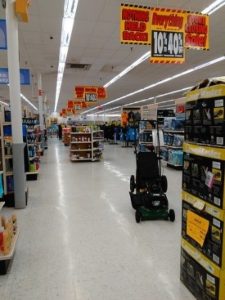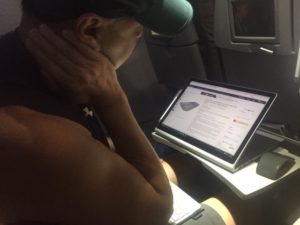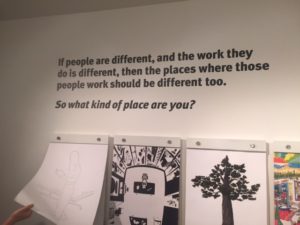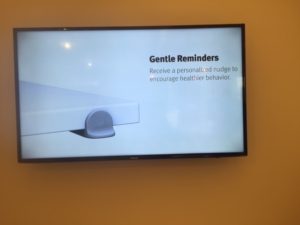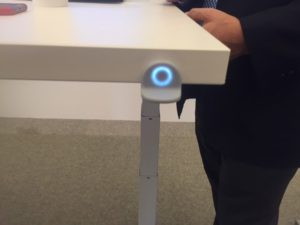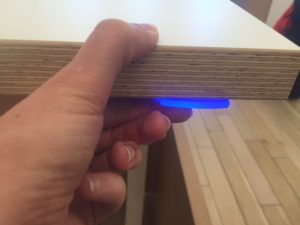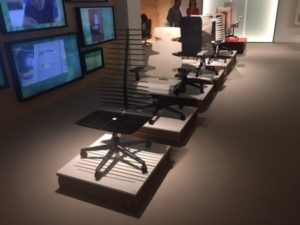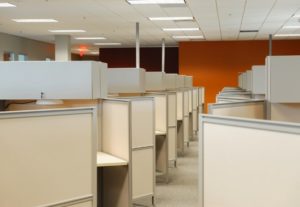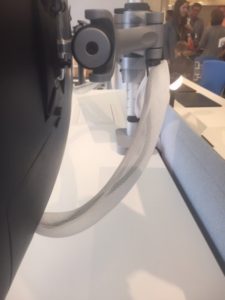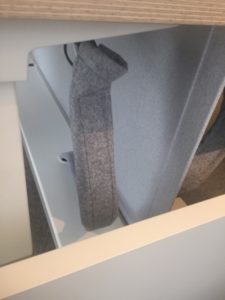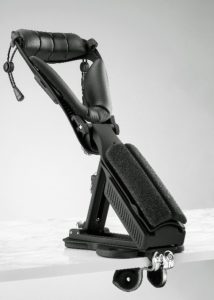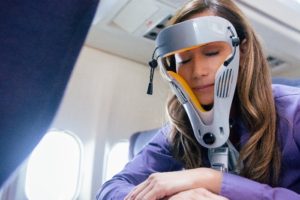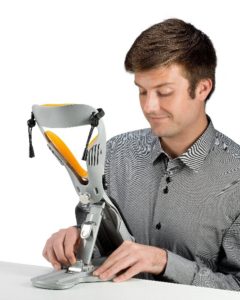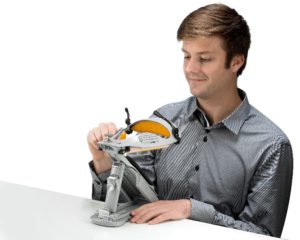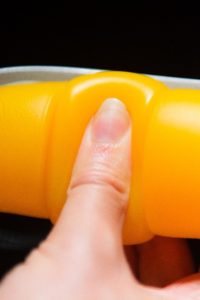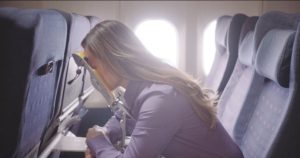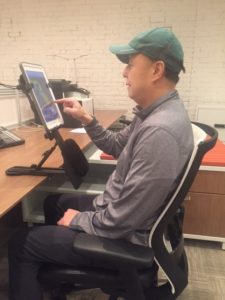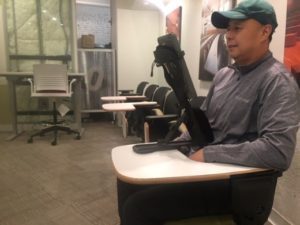By Chloe Hill
We attended the 2016 NeoCon tradeshow, a design exposition and conference for commercial and public interiors, to gain insight into the way design is used to enhance the health and wellness of people occupying different environments and how the Hypnap TruRest can better meet people’s needs in different settings.
Ironically even though commercial and public settings are meant to accommodate different people doing different activities, too often furniture and surroundings are one size fits all and are not designed to meet the mental and physical needs of their occupants. The onus is on us to adapt. Unfortunately adapting usually means placing our body in unhealthy positions for extended periods or forcing us into unhealthy repetitive movements or patterns of behavior. Usually not uplifting, these environments often take their toll on our mental health as well.
Think about the different settings you may find yourself in throughout the day. How many times have you left work, an airplane cabin, a classroom or even a store or shop aching and mentally exhausted?
Common commercial/ public spaces
No matter what is going on in your life, chances are your environment and setting contribute to your level of happiness.
Some problems we face include neck and back strain from uncomfortable chairs and sitting for too long. New studies show that sitting for too long can also increase your risk for obesity, cardiovascular problems, diabetes and a host of other health problems. Standing for too long also has negative health effects causing fatigue, back and foot problems and increasing your risk for carotid artery disease.
Staring at screens and exposure to fluorescent lighting can cause eye strain, migraines, anxiety and a number of other health problems.
Neck, back and eye strain (text neck) using laptops and other mobile devices
Laptops and tablets are not at an optimal and comfortable height in relation to our faces which creates neck (“text neck”) and eye strain for the user.
The aesthetics of our surroundings can also effect our mental health. For example, poorly organized spaces which promote clutter, the quality of materials in our surroundings and the quantity of natural lighting can all impact our mindset.
Yet there is so much that can be done through design to enhance well-being!
Herman Miller Exhibit
Furniture companies at NeoCon are trying to address this problem with more ergonomically and empathetically designed furniture and environments featured at their exhibits. In other words, spaces and objects that improve aesthetics and adapt to the individual (instead of vice versa) to enhance one’s well being.
Herman Miller’s exhibit featured connected desks that track and record data on your movements and configure a plan of action for you based on your personal stats. These desks alerted you if you were sitting or standing for too long by automatically raising or lowering, hence forcing you to adjust your position.
Renew Desk at the Herman Miller Exhibit
Desks at Human Scale featured a manual height adjustment.
Float Desk at Human Scale
If you do find yourself in the seated position for an extended amount of time there were chairs on display that were designed to reduce the unhealthful impacts on the body and allow you to sit more comfortably. Chairs included a plethora of adjustment features and components designed to better conform and support the body to reduce chronic pain. For example, the depth of Herman Miller’s Mirra Chair seat pan is adjustable. This provides more support for larger, taller users and reduces compression of the back of the knee for smaller, shorter users.
Haworth displayed the design evolution of their Fern Chair and gave us insight into the design process of the product. The display illustrated the mechanics of the chair and how the designers addressed supporting the back and spine.
Haworth’s Fern Chair exhibit A standard uninspired office environment
Designed to accommodate a wide variety of people of different heights, shapes and sizes, the chair is inspired by the fern plant with “fronds” calibrated to support different areas of the back and a “stem” that supports the fronds and serves as a foundation. The stem and fronds act as the frame for chair’s cushion or “cradle” which boasts pliability and no hard edges. Like many of the office chairs displayed at NeoCon, Fern includes a wide array of adjustments to fine-tune for fit and comfort.
Designs at Herman Miller and Human Scale make spaces more aesthetically pleasing while reducing clutter.
Human Scale Herman Miller
Hypnap also wants you to equip you with the ability to control your environment and make your surroundings adapt to you with the TruRest.
Created for portability, take the TruRest with you on your flight, to the office, to the classroom or really anywhere to make your environment more comfortable.
The TruRest is ergonomically designed and includes a number of different adjustment features to fit your body so that you can nap or work in optimal comfort.
Let our Technogel cushions cradle your face as you nap. Technogel is a non-toxic and hypo-allergenic material that will conform to the contours of your face and allow you to rest deeply.
The TruRest’s frame including the chest support and face plate promote good posture by facilitating proper alignment of the spine.
If you prefer to work, use the TruRest’s mobile device stand feature to view your tablet in the more healthy and comfortable eye level position.
It’s interesting how much can be accomplished and how many problems can be resolved with smart design. You can now make your environment work for you instead of against you.
Uplifting environments that address more of our human needs and are mindful of our health and wellness can make people happier, more productive and live longer, better quality lives.
It begs the question, what kind of world do we want to live in? We are all deeply affected by the environments that we work in and the objects that we use. Design can be a force for good in society. Hypnap wants to be a part of this movement!
